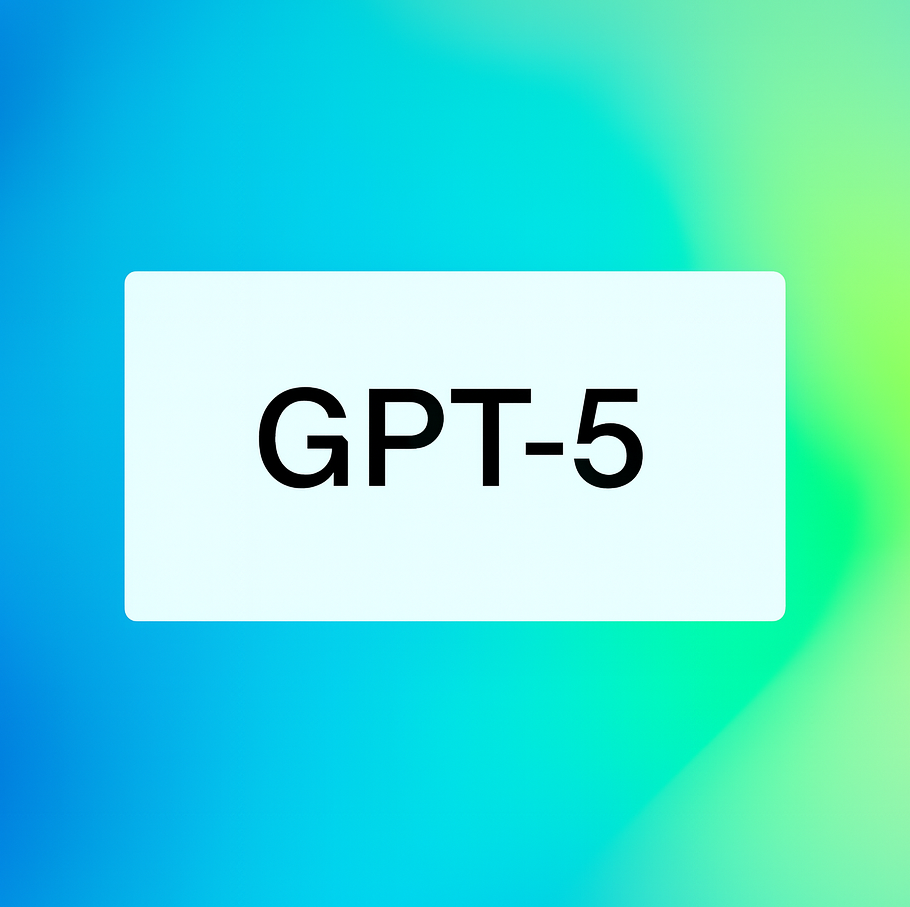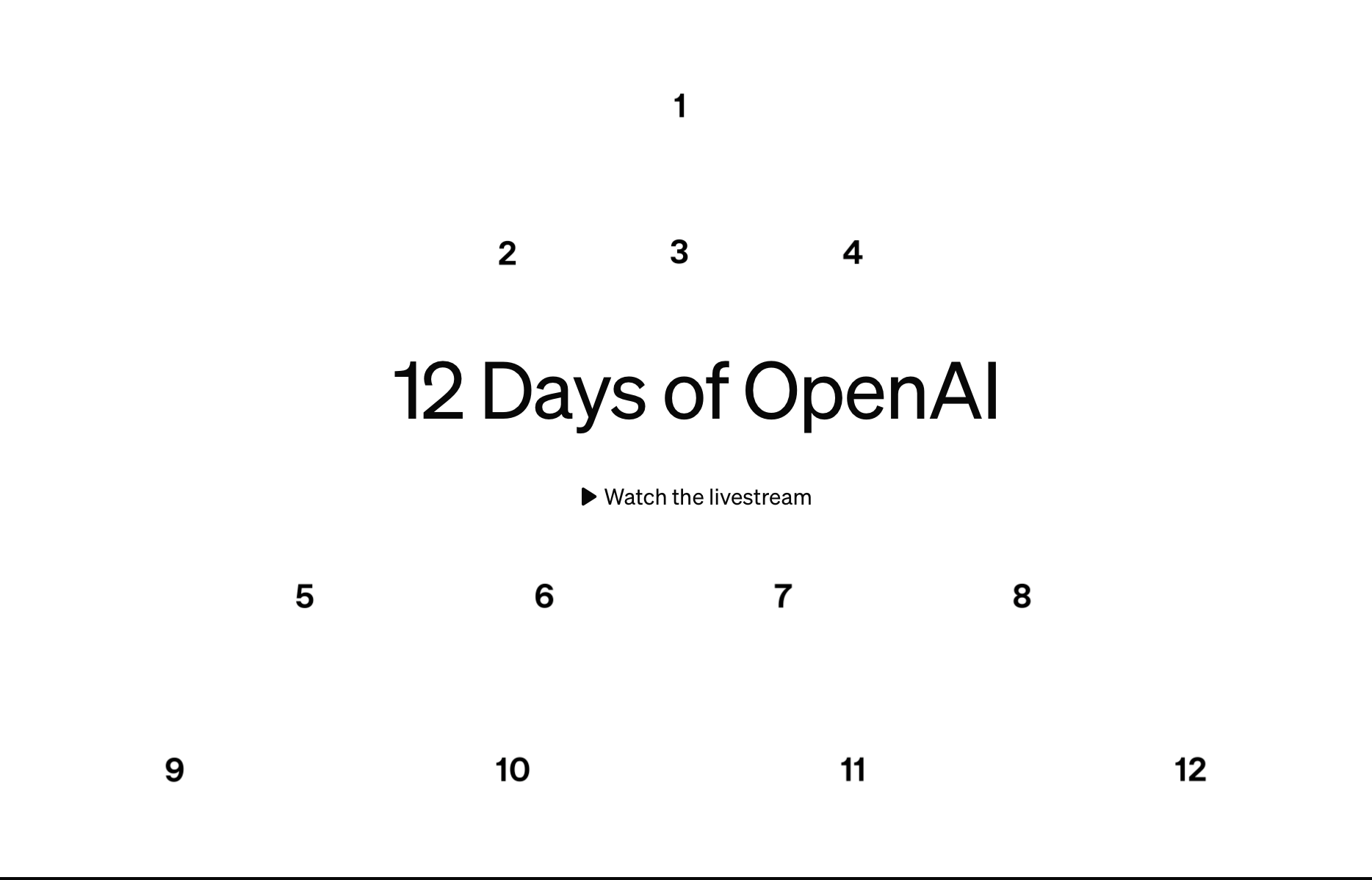The OpenAI summer offensive was like a meticulously planned military operation. First, in mid-July, ChatGPT Agent took the stage — a tool capable of roaming the internet independently, filling out forms and working with data from multiple sources. Shortly thereafter, Study Mode appeared — a mode in which ChatGPT guides users through the complexities of logical reasoning. In early August, the company revealed more cards: two large open-source language models, handing powerful tools to the community.
However, all this was merely a prelude. The carefully built tension reached its climax on August 7, when GPT-5 was unveiled. Instantly available to everyone via a web version and through an API, in three power variants (GPT-5, GPT-5 mini and GPT-5 nano), the new model is more than just a faster and more accurate text generator. While the official narrative focuses on the slogan “useful, smart, fast”, it’s worth examining how well the promises match the model’s actual capabilities, and what shifts in artificial intelligence usage standards GPT-5 brings.







